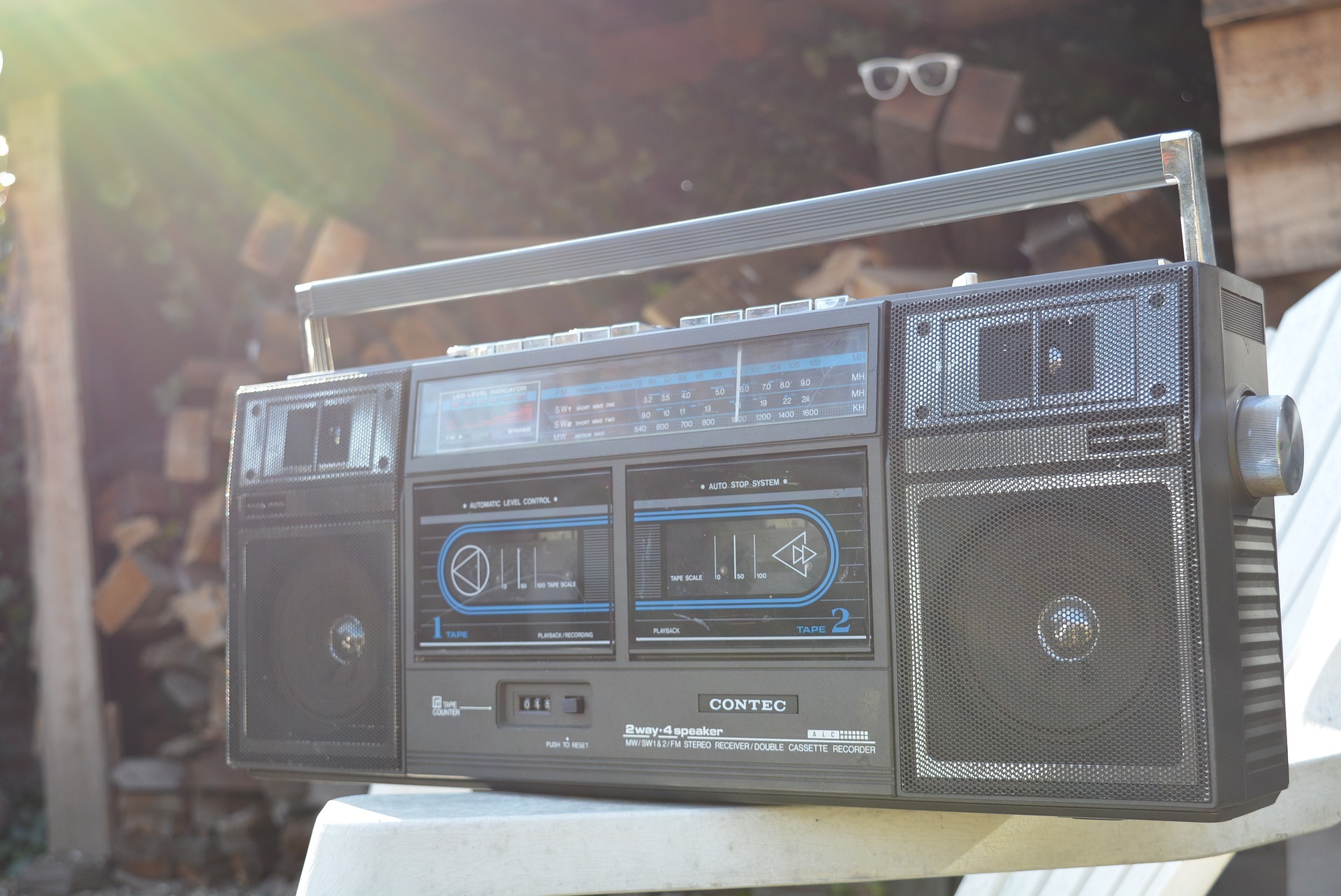Karaoke has a long history in both the USA and other parts of the world, but it didn’t really get going until the 1980s. In the decades that preceded the 80’s, the television set was something that was still relatively new in the household, and still only restricted to those that could afford it, such as the middle class and higher. The wave of new television manufacturers gave rise to it becoming a staple in every home, and so too did the demand for other gadgets.
To get an understanding of where the karaoke has come from, we first must understand what karaoke really is – and several definitions have emerged over the years. The name brings together two Japanese words – ‘Kara’, meaning empty, and ‘Oke’, meaning orchestra. The major link between all definitions of karaoke is this – karaoke is a form of entertainment whereby a person sings into a microphone to prerecorded music. Therefore to be said to be performing karaoke one must be singing to a formatted type of music.
Technological innovations have been the birthplace of karaoke. Believed to have begun in Japan, the ability to save music in video format created huge opportunities for innovation. In earlier years, karaoke was simple. It would involve no more than a cassette tape and a microphone. But the karaoke we know today, especially in the US, invariably involves more. The name karaoke was coined in the 1970s and supports the notion that the Japanese were the innovators of karaoke.
The American market was harder to break into. In addition to early video consoles such as the Atari, new forms of entertainment started increasing in popularity in the USA, and this was the karaoke machines closest competition. It wasn’t until towards the end of the 1980s that The Singing Machine Company introduced the personal karaoke machine to American households. It was one of the earliest companies to do so and is often cited to be the first.
Technological innovations have been the birthplace of karaoke. The ability to save music in video format created huge opportunities for innovation. In earlier years, karaoke was simple. It would involve no more than a cassette tape and a microphone. which is a far cry from the karaoke we know today. Many will be familiar with the earliest video recordings from Japanese karaoke which would display a ball that would bounce from one word to the next. The ball would be used to denote the speed at which the song was to be sung and has remained somewhat of an icon in karaoke.
Karaoke has now changed. Technology has given rise to a new generation of karaoke machines that have left their earliest forms in the past – but their purpose has and always will remain the same.
Read more about the karaoke machine here. You can also read about other early forms of entertaining such as ping pong table here.
